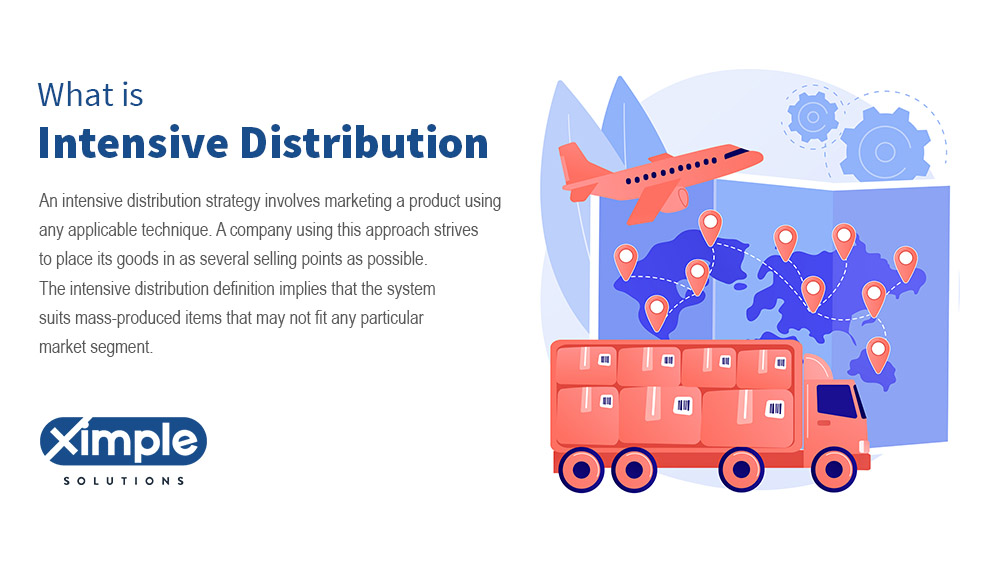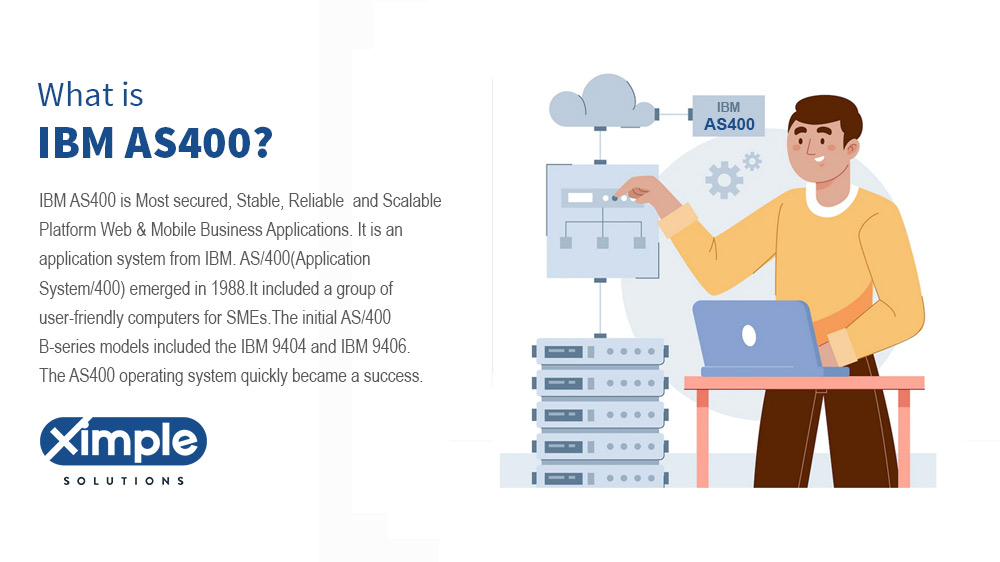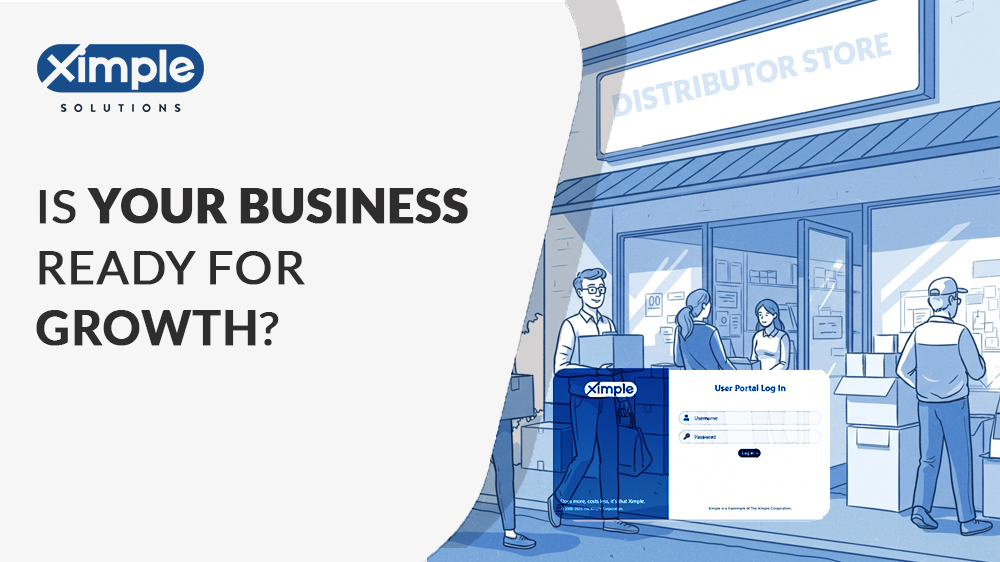What Is Intensive Distribution? Strategies & Examples

This article is about Intensive Distribution, a distribution channel for delivering goods to as many customers as possible. It is a useful read for individuals or companies looking to learn about the concept of Intensive Distribution and how it can be applied to their business. The article covers topics such as what is Intensive Distribution, its characteristics, the 3 distribution strategies, examples of an intensive distribution strategy, and the advantages and disadvantages of using this strategy. It also mentions some of the popular brands that use Intensive Distribution as their marketing approach
Intensive distribution is a distribution channel for delivering goods to as many customers as possible. As you will soon realize, an intensive distribution channel does not suit every business. Intensive distribution marketing fits companies that produce drugs, soft drinks, cigarettes, candy, soaps, toothpaste, etc.Â
Everyone requires these products regardless of where they live. An intensive channel can be the most appropriate if a company has adequate finances, several stores, and the proper distribution of items. Let us go to the next paragraph and learn more about this topic.

Table of Contents
- What is intensive distribution?
- What are the characteristics of Intensive Distribution?
- What are the 3 distribution strategies?
- What is an example of an intensive distribution strategy?
- What are the advantages of using an intensive distribution strategy?
- What brand uses an intensive distribution strategy?
- What are the pros and cons of intensive distribution?
- Conclusion
What is intensive distribution?
An intensive distribution strategy involves marketing a product using any applicable technique. A company using this approach strives to place its goods in as many selling points as possible. The intensive distribution definition implies that the system suits mass-produced items that may not fit any particular market segment.Â
It is the best advertising approach to use when looking to create a lasting impression in customers’ minds. Intensively distributed goods are available in large wholesale and retail shops, small roadside canteens, fuelling stations, supermarkets, inns, etc. These goods appear in any place where people flock.
A company must determine its level of distribution intensity before using this technique. It will fit perfectly if a manufacturer can produce many goods and send them to retail and wholesale selling points across a geographic region. Thus, intensive distribution works for large-scale brands with more financial resources and several stores.
What are the characteristics of Intensive Distribution?
We will give examples of intensive distribution later in this article. Meanwhile, we want to describe the characteristics of the intensive distribution. First, it is the most suitable method of distributing and selling fast-moving, mass-produced consumer goods. The next trait is that the approach requires multiple wholesale and retail locations.
Producing and distributing many items is impossible without adequate funds. Thus, intensive distribution marketing demands many financial resources. Some of these funds will support intense advertising campaigns offline and online. When customers notice these ads on TV or hear about them on the radio, they can decide to locate them in the nearest shopping places.
Intensive distribution places goods in several locations, making it possible for customers to find them. Some of them can purchase an item without a plan because they saw an ad on TV or the internet.
What are the 3 distribution strategies?
The three internationally accepted distribution methods include intensive, selective, and exclusive distribution. Intensive selective and exclusive distribution strategies entail the following.Â
- Intensive distribution – Companies use the intensive channel to saturate the market with their goods. Items like beer, toothpaste, cigarettes, bottled drinks, pharmaceuticals, and related items fit this distribution channel.
- Selective distribution – A particular channel entails selling goods to a few best-performing stores in a region. The seller has the power to pick the most profitable stores and invest heavily in them. This approach works when consumers have specific favorite brands because of producing high-quality products or offering fair prices. As the outlets are few, the seller can gain a larger market share and have more control than its competitors. As you can guess, a selective channel is cheaper than an intensive one.
- Exclusive distribution – When companies practicing selective distribution overdo it, their approach becomes exclusive. In exclusive distribution, the manufacturer uses only one entity to distribute its goods in a region. This can be a retailer, wholesaler, or distributor. The selected distributor will exclusively sell the manufacturer’s goods. A company may use exclusive distribution when seeking prestige and popularity via a product.
What is an example of an intensive distribution strategy?
Based on our discussion above, we can find several large brands that use the intensive channel. For instance, Coca-Cola’s intensive distribution strategy is obvious. In any country, Coca-Cola depots are everywhere. The company uses many techniques to bring its soft drinks closer to the customer.
Depots ensure that small shops, supermarkets, and relevant businesses have an adequate supply. Unilever products are everywhere, especially its laundry detergents and toothpaste. Energy Drinks Co. sells energy drinks to athletes and those who require proper hydration in their diets.
It uses the Powerful brand, which has several energy drinks, to promote its products. Its channel of choice is intensive distribution, which has enabled it to move to other geographical locations.
What are the advantages of using an intensive distribution strategy?
The advantages of intensive distribution include the following:
- Increases reach and profits – If a company has the resources to produce many goods and place them in several stores globally, it will boost its revenue. Many consumers can locate its products in the shops near them after viewing adverts online and offline. Due to planned and unplanned buying, an intensive distribution method can increase reach and profits.
- Builds trust – When customers find a product like Colgate in every shop, they gradually develop confidence in it. Intensive distribution allows consumers to discover and trust products from different companies. When customers’ trust is high, sales increase too.
- Increase revenues by substitution method – A customer who desperately needs a soda will have it at any cost. If Coca-Cola is their favorite, and it is not available, they can pick Pepsi or Fanta. By doing so, the seller will still make a sale.
What brand uses an intensive distribution strategy?
In the USA, some big companies apply an intensive distribution system to get their goods to the consumer. These include PepsiCo, Coca-Cola, Amazon.com, etc. Others carry goods from renowned manufacturers, including supermarkets like Walmart and Target.
What are the pros and cons of intensive distribution?
The pros and cons entail:
Pros
- Boosts profitability
- Creates product awareness
- Ensures brand loyalty
- Allows consumers to develop trust
- Raises the odds of impulse buying, which increases revenues.
Cons
- Companies that use intensive distribution spend a lot of money
- Goods that sell via this channel come from different producers, triggering competition. This forces sellers to lower their prices.
- Supervision of different stores can be hard labor.
Conclusion
Intensive distribution is a marketing strategy that involves delivering a product to as many customers as possible. It is suitable for fast-moving, mass-produced consumer goods, such as drugs, soft drinks, cigarettes, candy, soaps, toothpaste, etc. This method requires adequate financial resources and multiple wholesale and retail locations to ensure that customers can easily access the product. The benefits of intensive distribution include increased reach and profits, improved customer trust, and increased revenue by substitution. However, intensive distribution can also have drawbacks, such as higher distribution costs and reduced control over the distribution network. Brands such as Coca-Cola and Unilever are examples of companies that use intensive distribution strategies.
Related article
- Different types of Distribution Strategies
- What is Distribution Management System
- Best Distribution ERP Software in 2022






